List of BSEB Chemistry Lab Practicals
Looking at how far the state of Bihar has come in education, it really feels good. Chemistry is among the more difficult subjects that students have to pursue at the intermediate level. So, today we will discuss the BSEB chemistry practical syllabus. This article speaks about the curriculum of chemistry for class 11 12, marks distribution, class and exam structure, and resources to do those practicals.
The governmental education system in Bihar is taken care of by the Bihar State Examination Board, or BSEB in short. The Bihar board chemistry practical exams take place around January every year, and so people need to prepare for them. Therefore, both students and teachers can benefit from the chemistry lab curriculum that we are publishing. This syllabus is a direct and faithful interpretation of the BSEB-authorized syllabus, an extract from the lab work portion.
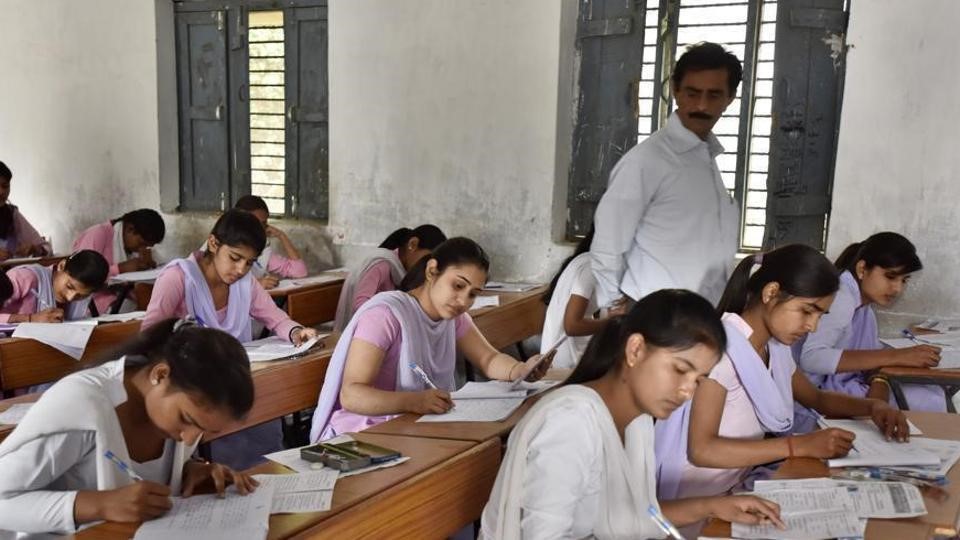
Chemistry is a subject present in almost every discipline of a technical career. Without it, you can’t go to medicine, engineering, technology, bioscience, and similar fields. The chemistry curriculum, therefore, has been updated heavily to include modern ideas and modern industry needs, and pruned out obsolete and outdated methods or ideas. BSEB aims to make students more skillful and comfortable in a chemistry laboratory, while making them more aware of its application in daily life.
BSEB Chemistry Practical Syllabus for Class XI
The Bihar board chemistry lab work syllabus is spread over 60 periods, with one project work tagging along. The year-end exam will evaluate students over 30 marks, which they distribute in the following way:
- Volumetric analysis ‒ 8 marks
- Salt analysis ‒ 8 marks
- Content-based experiment ‒ 6 marks
- Project work ‒ 4 marks
- Class record and viva-voce ‒ 4 marks
BSEB encourages teachers and lab instructors to use micro-chemical ways in the following experiments and practices whenever possible.
Basic Lab Techniques
- Cutting glass tubes and glass rods, bending glass tubes, drawing out glass jets, cork boring, using a precision balance, using a bunsen burner, heating and stirring methods, etc.
Character of Substances
- Finding out melting and boiling points of organic compounds.
- Crystallization of alum, copper sulphate, and benzoic acid impure samples.
Studies On pH Values
- Finding out the pH values of the following using pH papers or universal indicators:
- Fruit juice solution
- Known strength acid solution
- Known strength base solution
- Known strength salt solution
- Comparing the pH values of same-strength solutions of a strong and a weak acid.
- Observe how the pH value changes while titrating a strong base with a universal indicator.
- Observe how pH value changes in the common-ion method with weak acids and weak bases.
Studies on Chemical Equilibrium
- In a reaction, change the concentrations of given opposing ions and study the shift in equilibrium. Given pair of ions:
- Ferric and thiocyanate
- Cobaltous and chloride
Quantitative Estimation
- Preparing a standard solution of the following:
- Oxalic acid
- Sodium carbonate
- Titrate a given solution of the first substance against a standard solution of the second substance and hence determine the strength of the given solution:
- Sodium hydroxide with oxalic acid
- Hydrochloric acid with sodium carbonate
Qualitative Analysis
- Determine the presence of the following ions in a given (soluble) salt sample:
- Cations: lead, copper, arsenic, aluminum, ferric, manganese, nickel, zinc, cobalt, calcium, strontium, barium, magnesium, ammonium
- Anions: carbonate, sulphide, sulphite, sulphate, nitrite, nitrate, chloride, bromide, iodide, phosphate, chromate, acetate
- Learn how to detect the presence of the following in given organic compounds ‒ nitrogen, sulphur, chlorine.
Project Work
BSEB chemistry practical syllabus for class 11 requires the students to finish at least one project work that will require data and sample collection from various sources and will involve some lab work. There are no limits on the topic of the projects, but the Bihar board suggests the following can be good projects to complete.
- Take drinking water samples from various sources and check for bacterial contamination in them by testing for sulphide ions.
- Observe how water purification is done in various methods.
- Take various samples of drinking water from different sources, and check for the following: hardness, presence of iron, fluoride, chloride, etc. Figure out why the results are coming that way.
- Study how the foaming capacity of various soaps changes with the ingredients, and observe the effect of adding sodium carbonate on them.
- Test out the acidity (pH levels) of extracts of different types of tea leaves.
- Observe the evaporation rates of different kinds of liquids.
- Interpret how acids and bases affect the tensile strength of fibers.
- Analyze the pH levels of different fruit juices and vegetables.

BSEB Chemistry Practical Syllabus for Class XII
In the way of marks and study time distribution, the BSEB 12th standard practical syllabus is quite the same as the 11th standard. Let’s look at it in detail below.
Surface Chemistry
- Prepare solutions of lyophilic and lyophobic substances from the following list:
- Lyophilic material: starch, egg albumin, gum
- Lyophobic material: aluminum hydroxide, ferric hydroxide, arsenious sulphide
- Perform dialysis on the solutions prepared above.
- Observe how emulsifying agents stabilize emulsions of different oils.
Chemical Kinetics
- Observe the reaction between sodium thiosulphate and hydrochloric acid, and note how temperature and concentration change the rate of the reaction.
- Study the reaction rates of the following interactions:
- Different concentrations of iodide ions reacting to hydrogen peroxide (at same temperature).
- Clock reaction: use starch solution as an indicator in the reaction between potassium iodate and sodium sulphite.
Thermochemistry
- Study the enthalpy of dissolution of copper sulphate or potassium nitrate.
- Observe the enthalpy of neutralization of strong acids and strong bases (HCl and NaOH should suffice).
- Figure out the change in enthalpy while hydrogen bonds form during the reaction between acetone and chloroform.
Electrochemistry
- Study how the cell potential changes when you change the concentration of electrolytes (Copper sulphate or zinc sulphate) in a cell.
Chromatography
- Paper chromatography experiment: determine Rf values by separating pigments from leaf or flower extract.
- Separate different constituents (of largely different Rf values) of an inorganic mixture with two cations.
Preparing Inorganic Compounds
- Ferrous Ammonium Sulphate
- Potash Alum
- Potassium Ferric Oxalate
Preparing Organic Compounds
- Acetanilide
- Di-benzal Acetone
- p-Nitroacetanilide
- Aniline yellow
Identification of Functional Groups
- Unsaturation, alcoholic, phenolic, aldehydic, ketonic, carboxylic and amino (Primary) groups.
Food Tests
- Test for the presence of carbohydrates, fats, and proteins in pure samples and foodstuffs.
Molarity test
- Determine the concentration or molarity of a given potassium permanganate solution by titration. Prepare and use standard solutions of the following titrating agents:
- Oxalic acid
- Ferrous ammonium sulphate
Qualitative Analysis
(This part is continuous between classes 11 and 12, the same list of cations and anions will go in both classes. You have to divide time accordingly.)
Project Work
Same as before, the students will need to complete some project work on their own, which may come from one of the following. You can choose any other project too, with the permission of the responsible faculty.
- Observe how oxalate ions are present in guava at different ripeness.
- Observe the amount of casein present in different types of milk.
- Prepare soya milk, and compare its properties with natural milk (effect of temperature, curd formation, etc.)
- What happens when we use potassium bisulphate as a preservative in different foods with respect to temperature, concentration, time of freshness, etc.
- Study how your salivary amylase can digest starch, with respect to pH value and temperature.
- Fermentation: how it works in different materials ‒ carrot juice, potato juice, wheat flour, gram flour.
- Extract the essential oils present in aniseed, cardamom, and carom.
- Examine what food adulterants are commonly present in fat, oil, butter, sugar, turmeric powder, chili powder, and pepper.
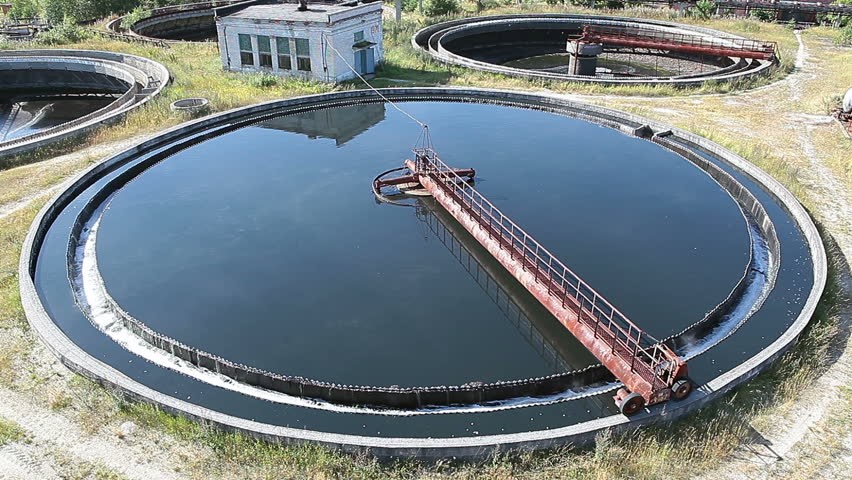
How to Perform Bihar Board Chemistry Practicals
The intermediate level of education in Bihar is not too hard on students and they do their best to reduce unnecessary content in their curriculum. Therefore, with a good laboratory instructor, it is easy to perform all of the above experiments and observations. All you need is a good wet lab setup and the needful chemistry labware . Oh, and you’ll also need the required lab consumables .
That being said, it is difficult to figure out all the necessary lab equipment, glassware, apparatus, reagents, and chemicals that one needs to cover the whole BSEB chemistry practical syllabus. Indeed, it is a major headache. Instead, we recommend that you use Labkafe’s BSEB chemistry lab package, which includes all of the above. The package is preconfigured to suit the affiliation needs of the Bihar board, and perfectly fits a new chemistry lab setup or lab upgrade. Contact us today to inquire!
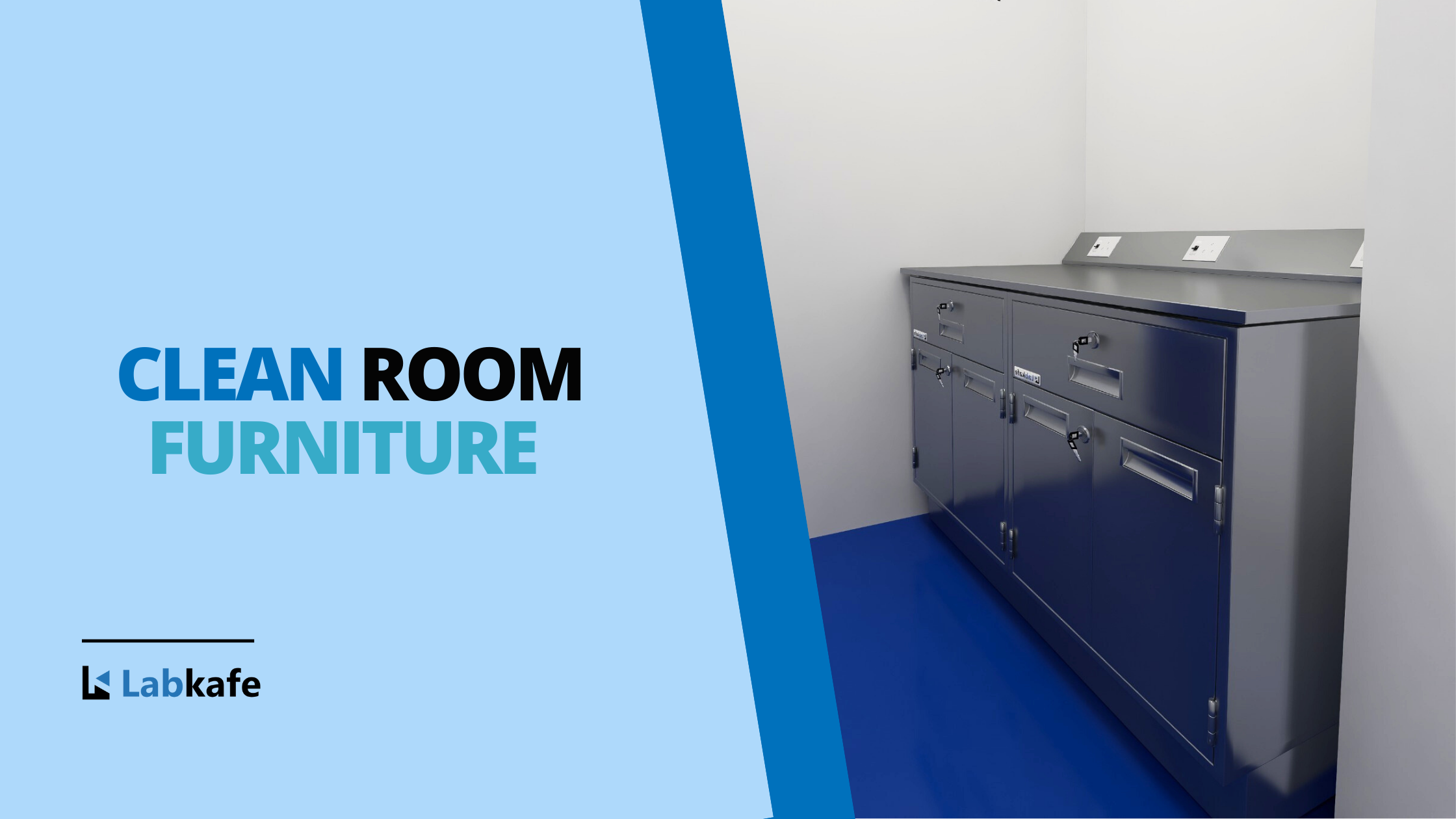
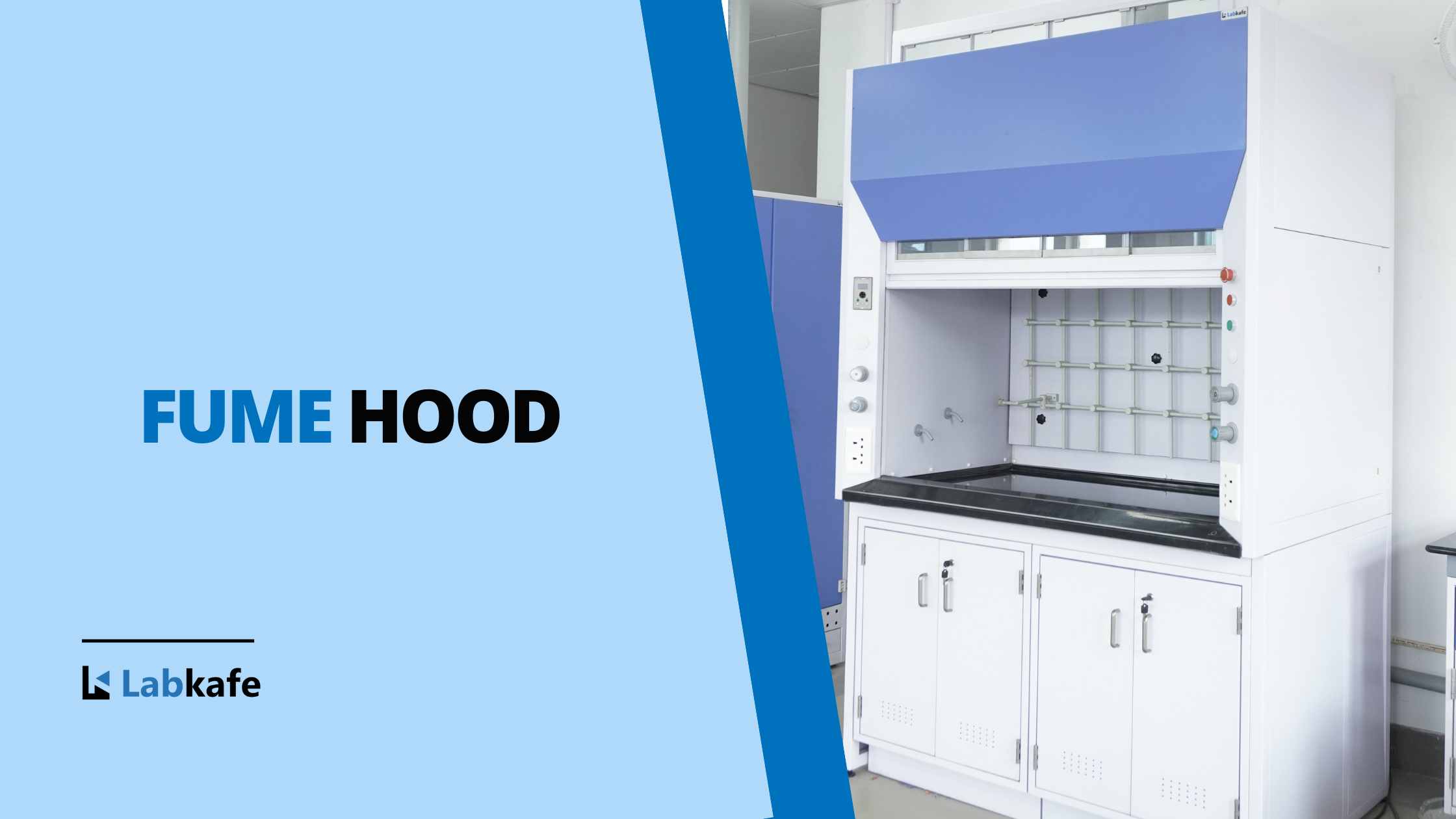
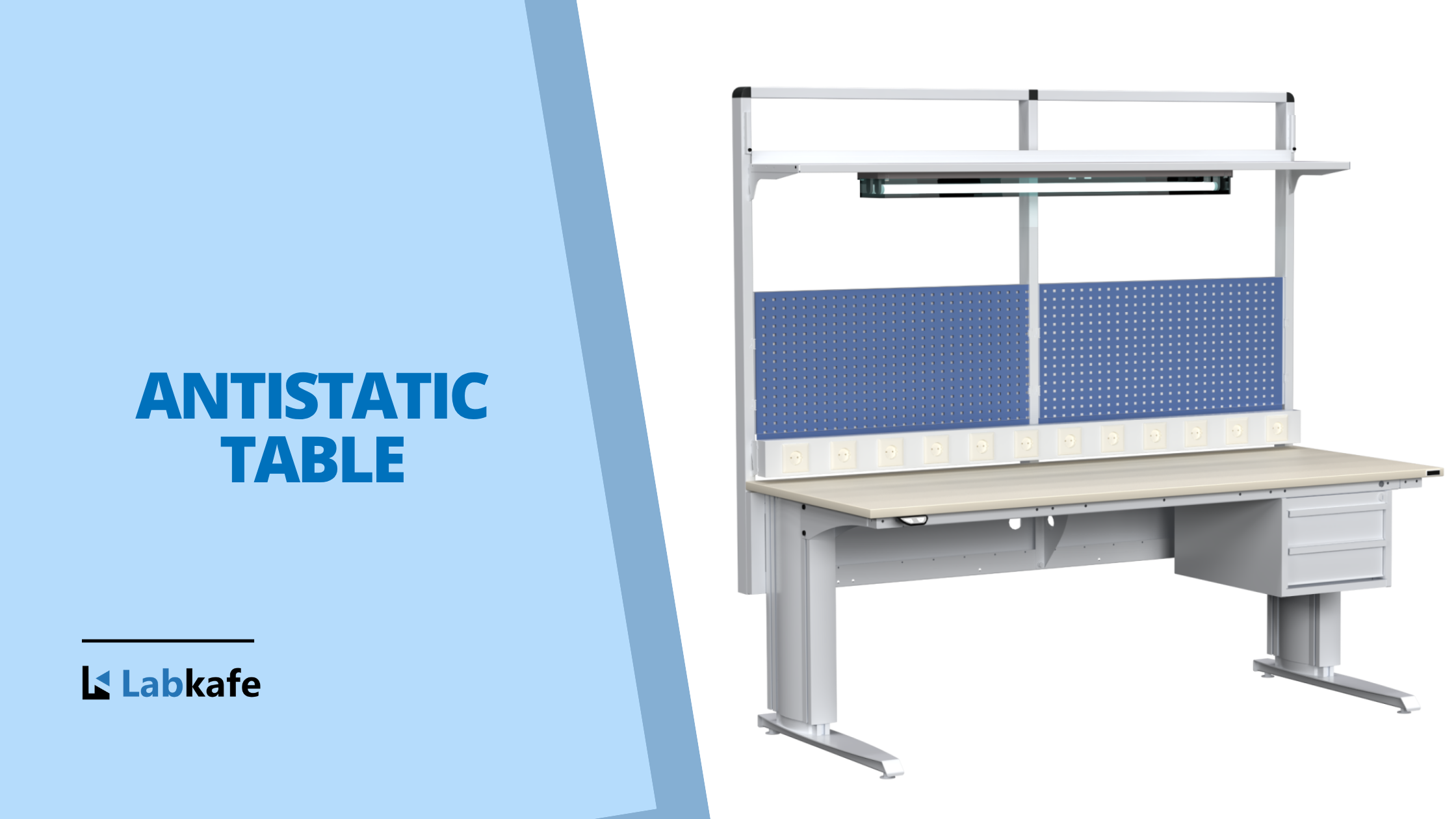
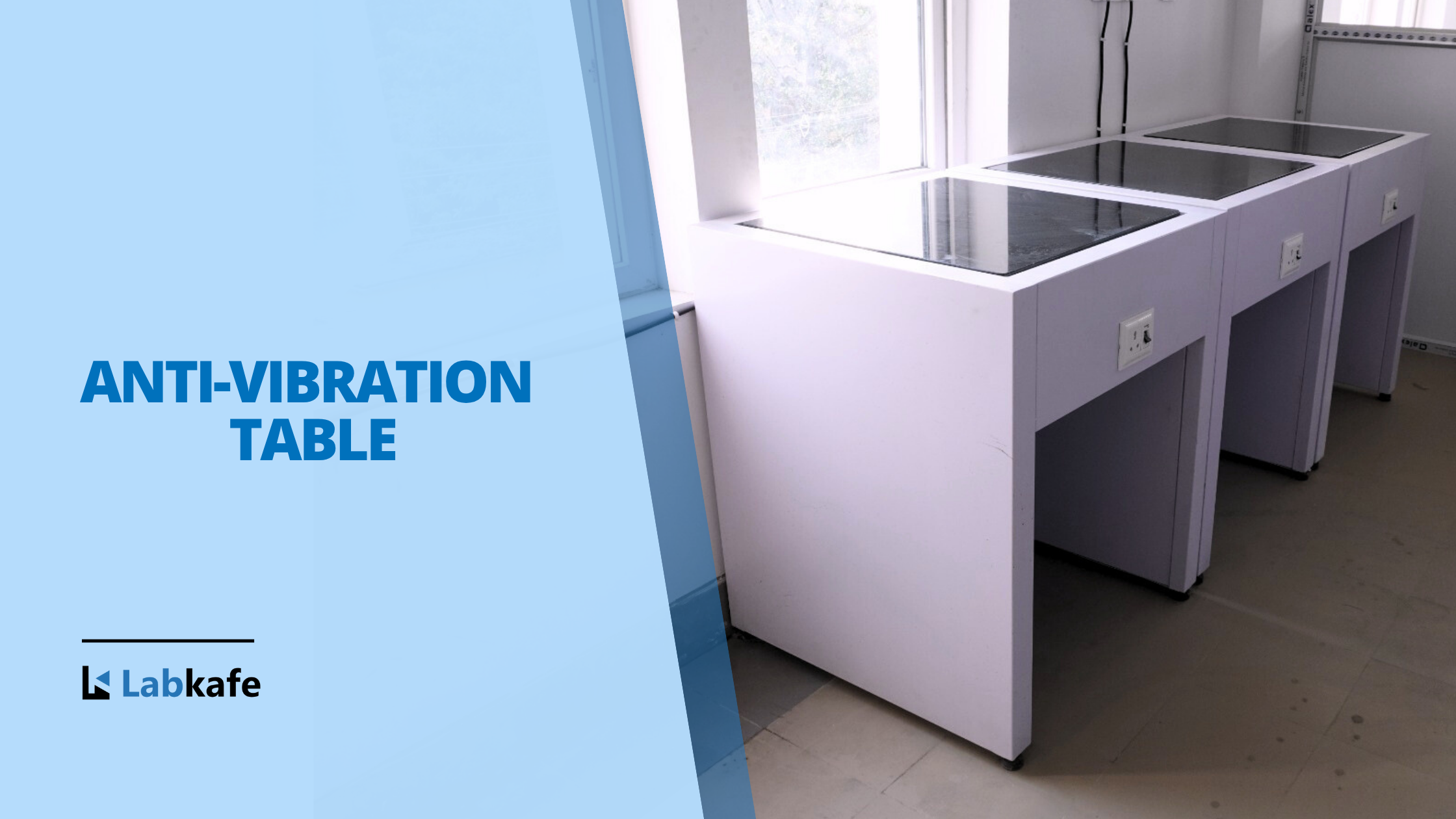
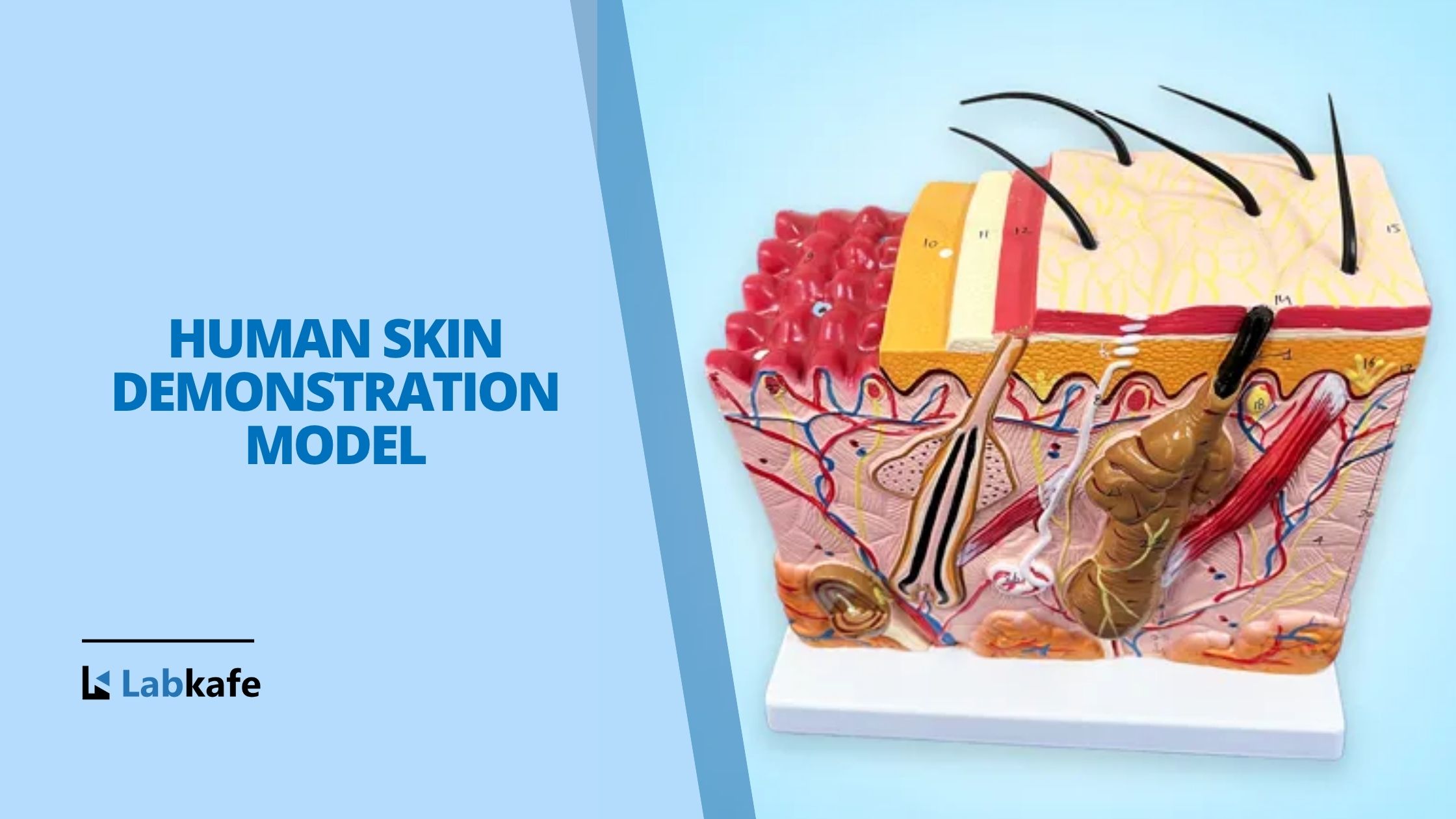
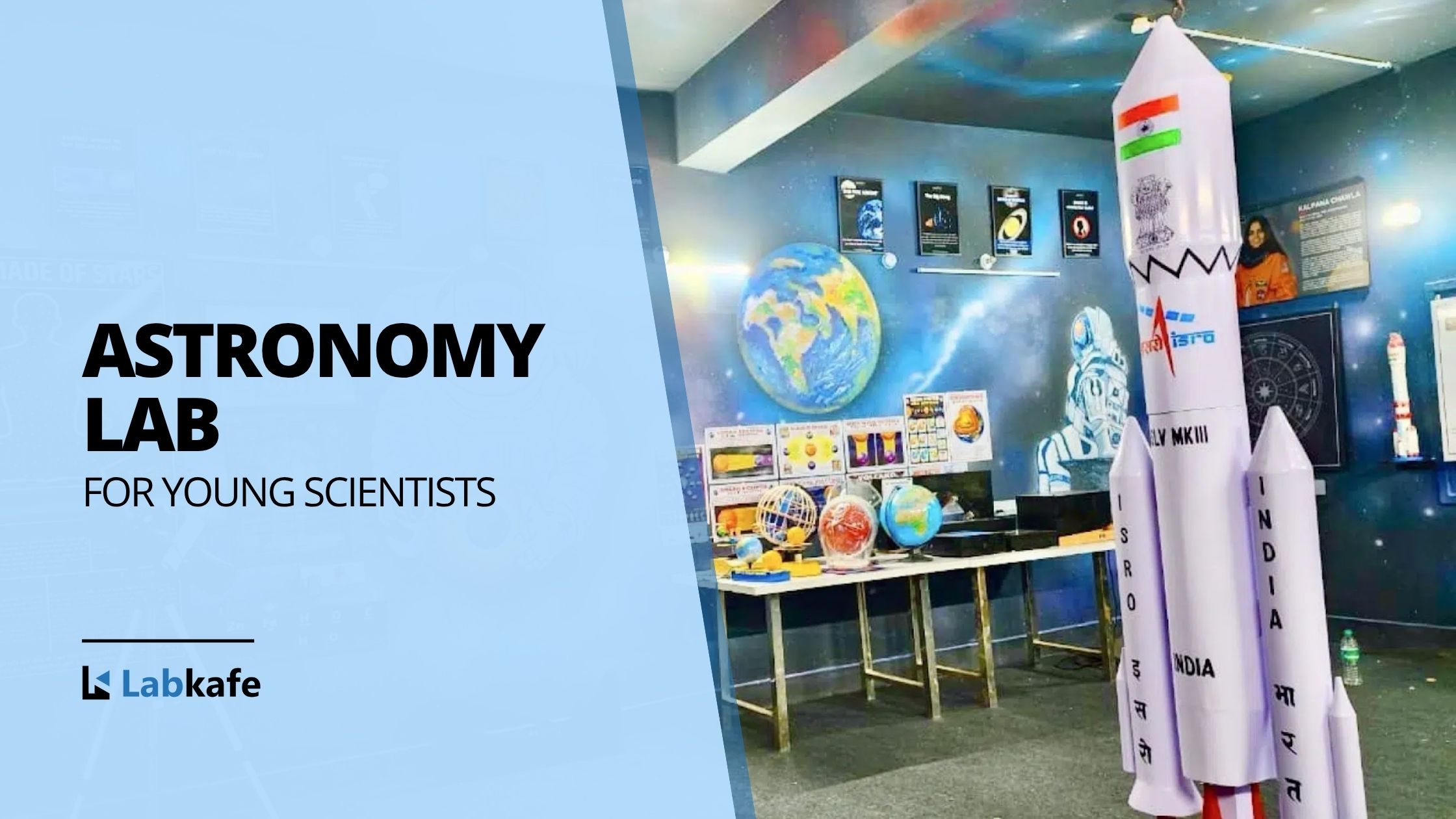
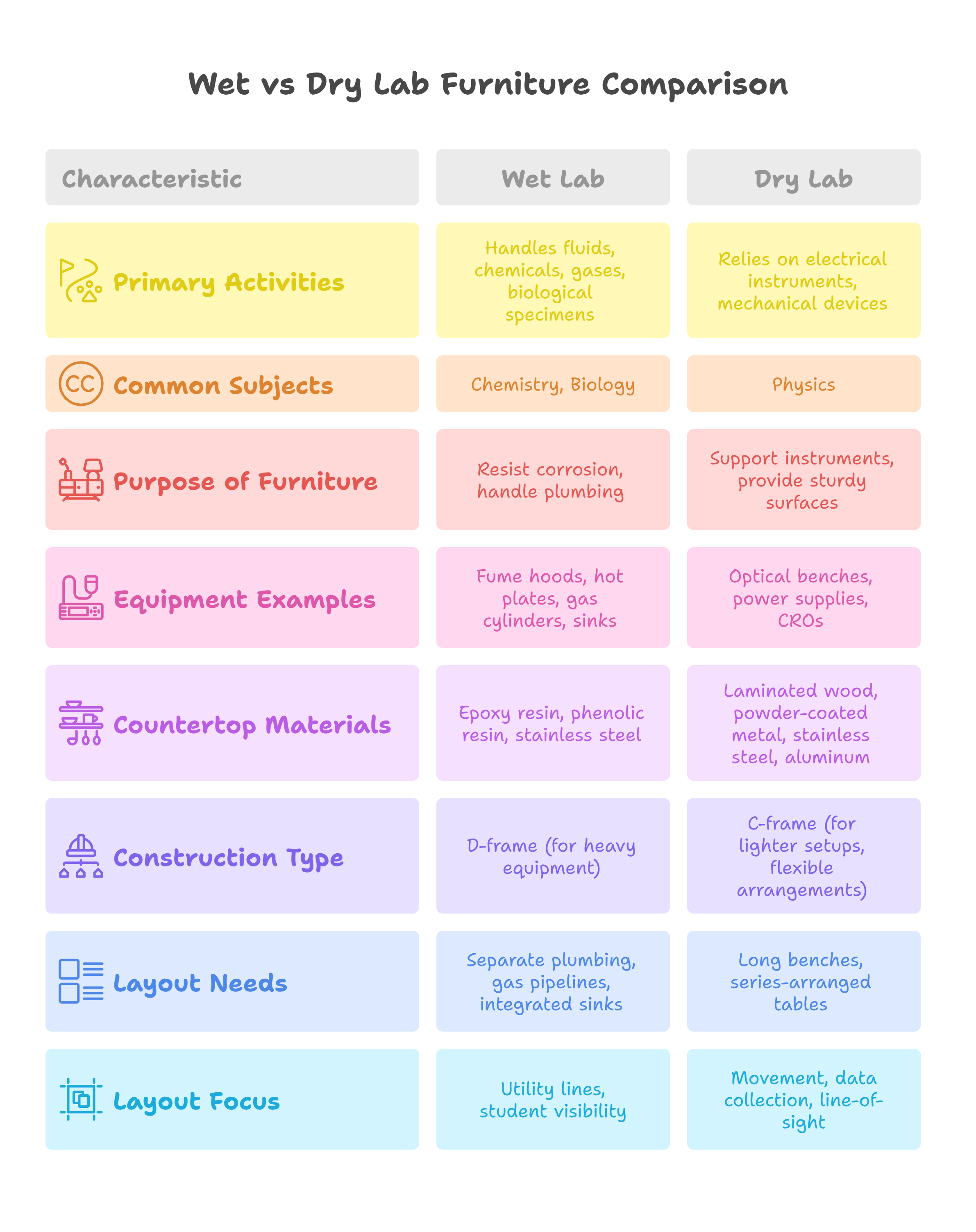
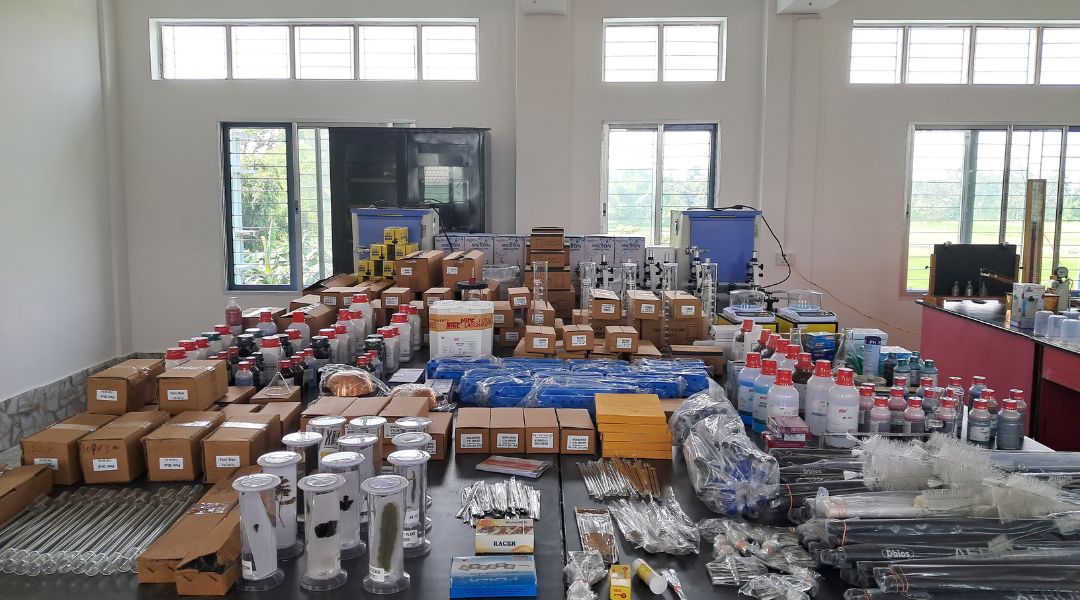
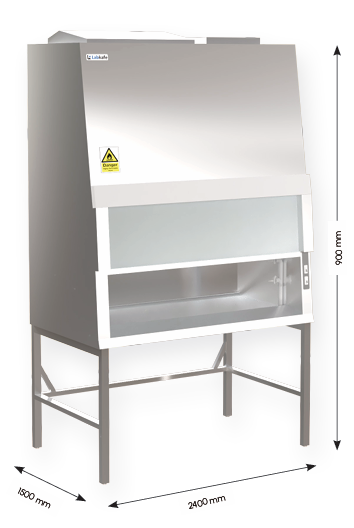
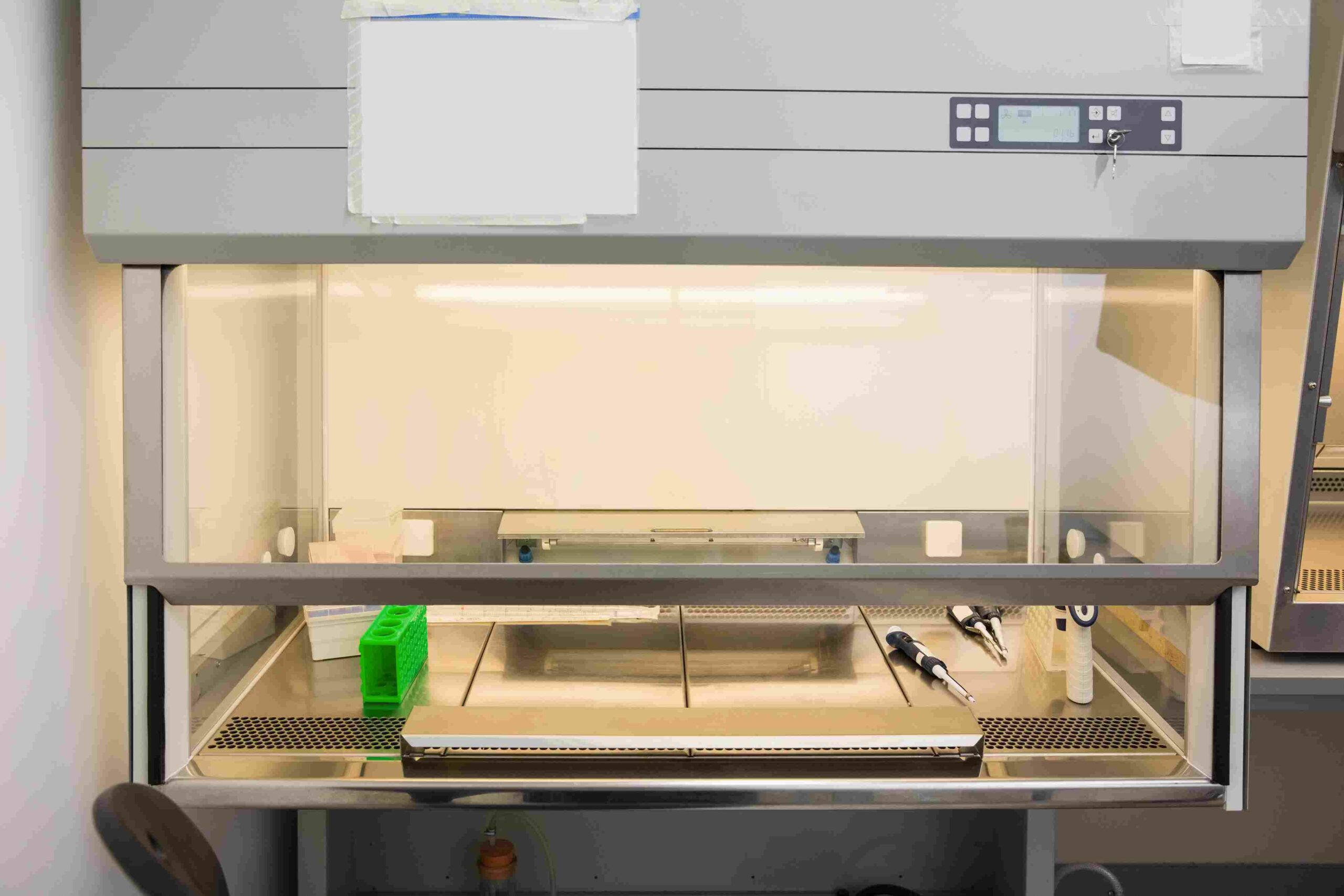
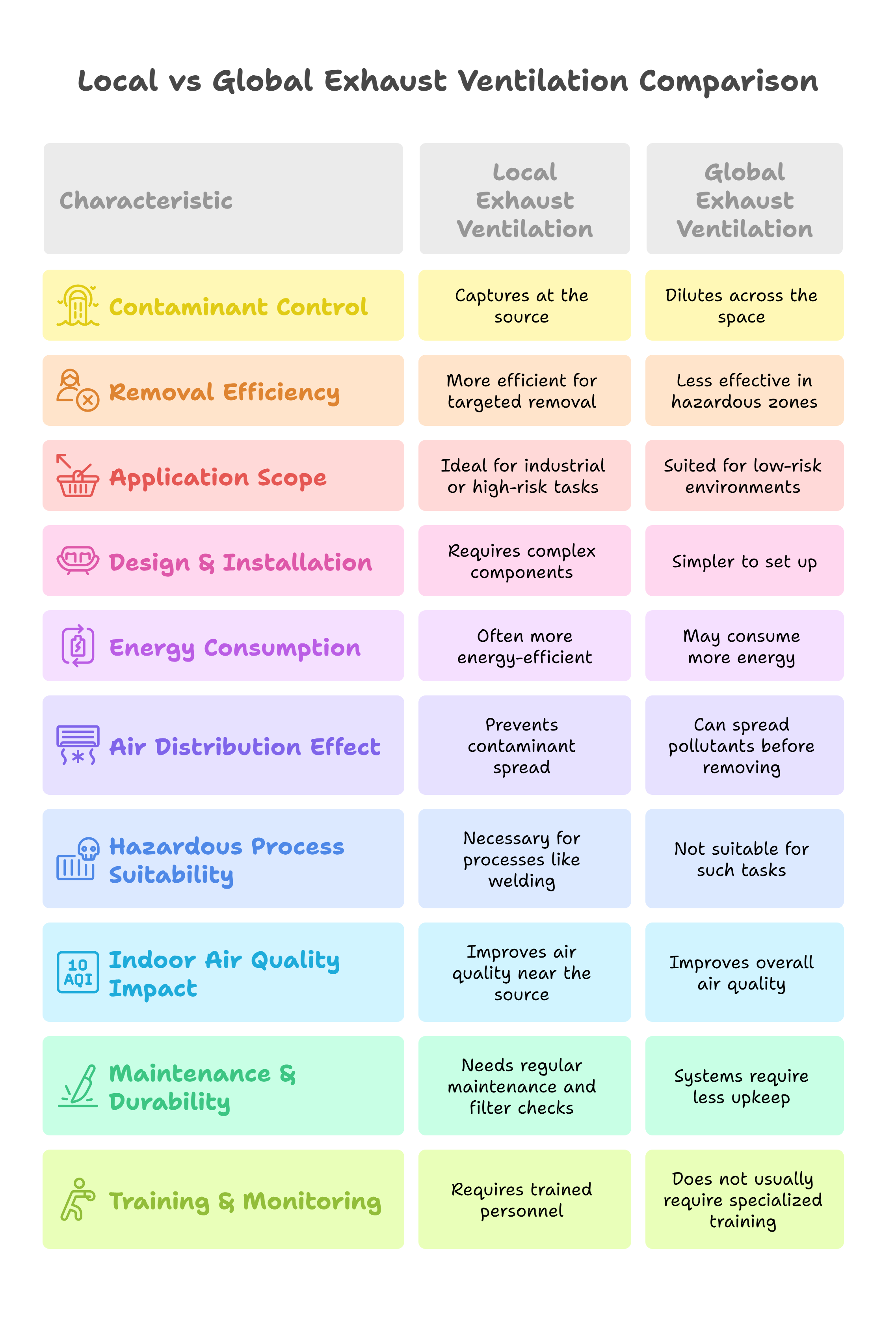
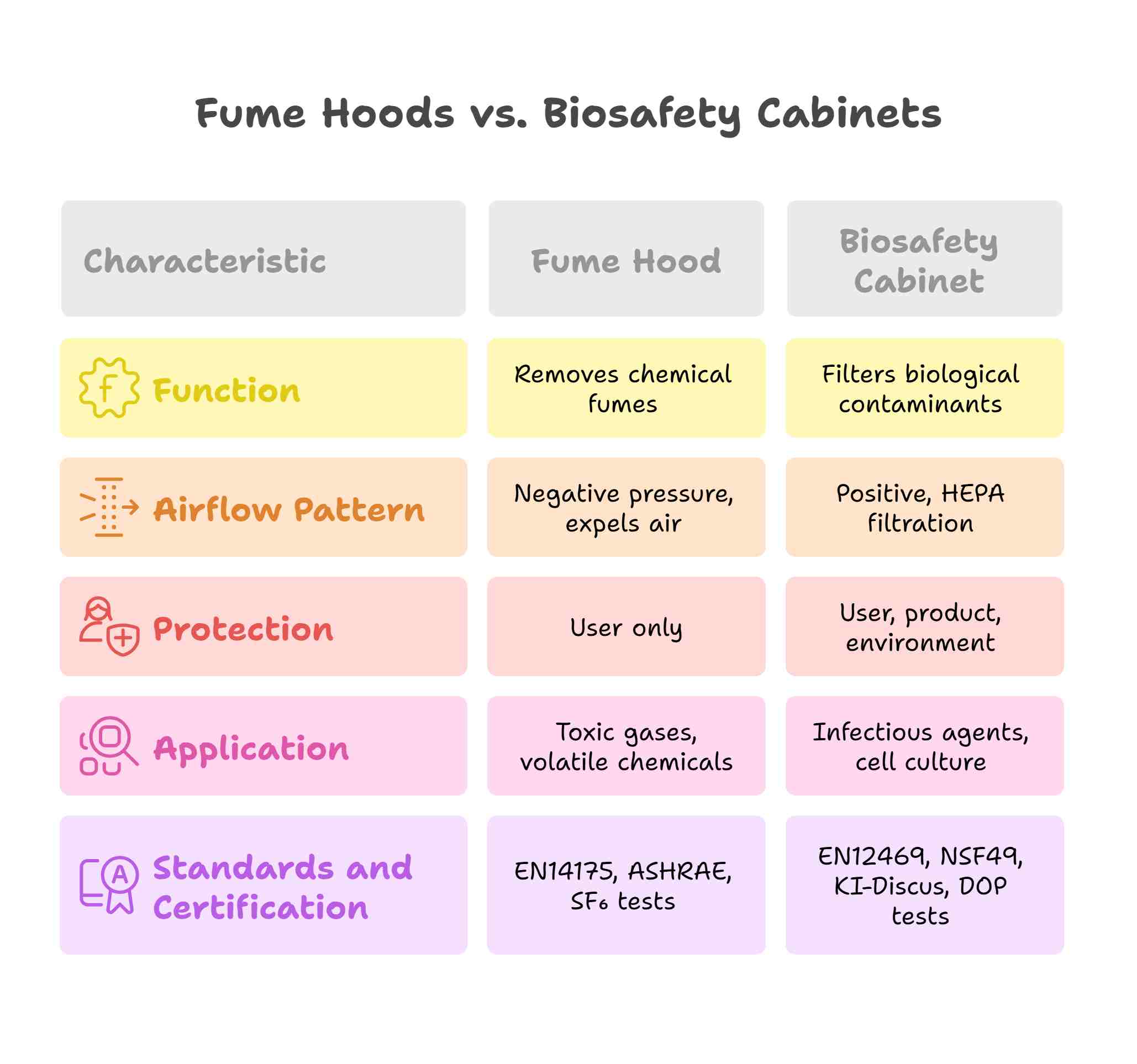
Leave a Reply